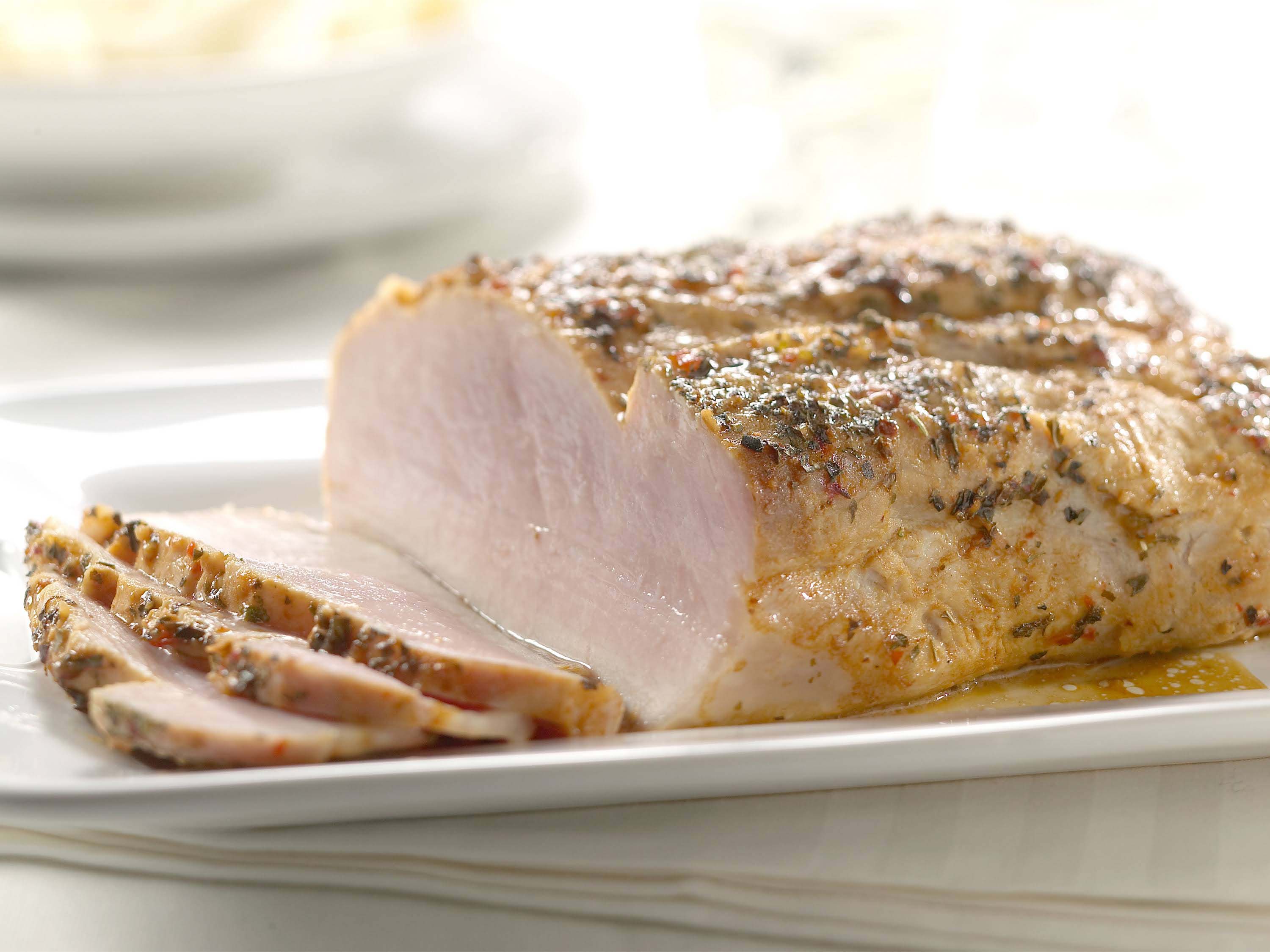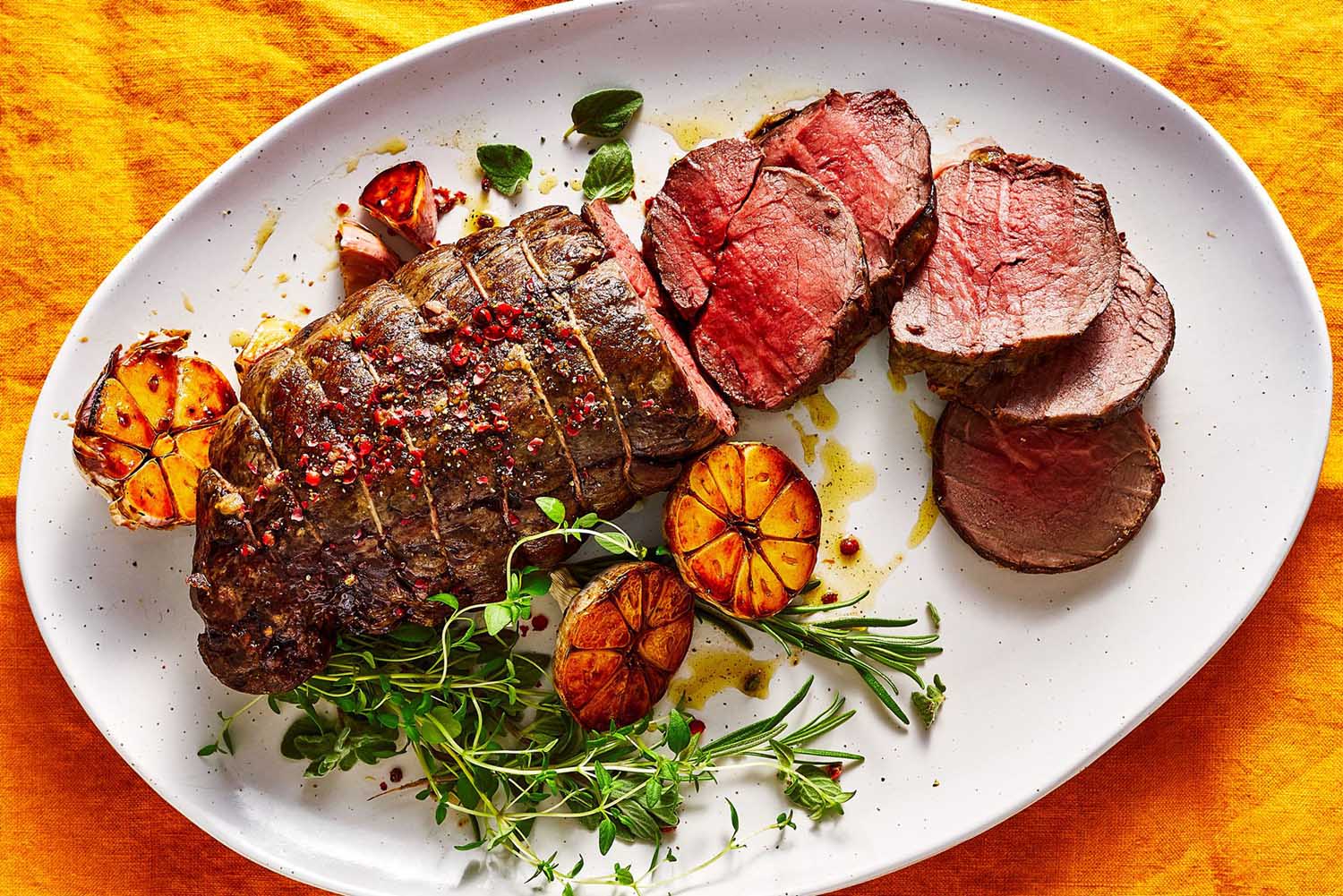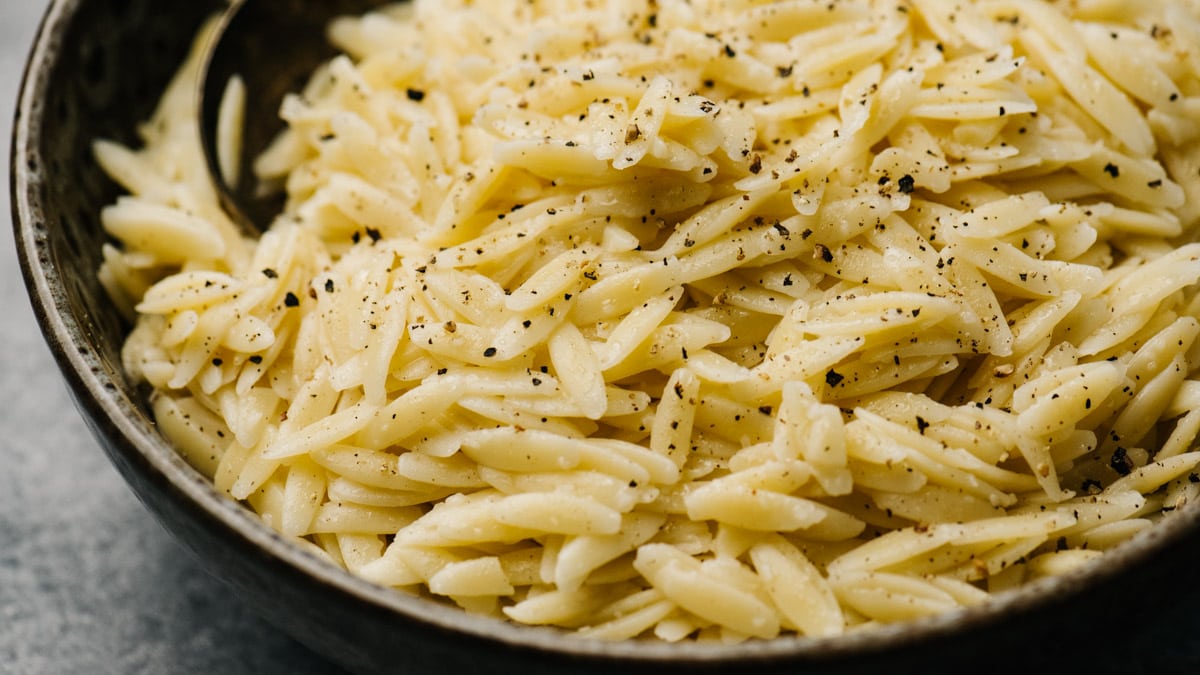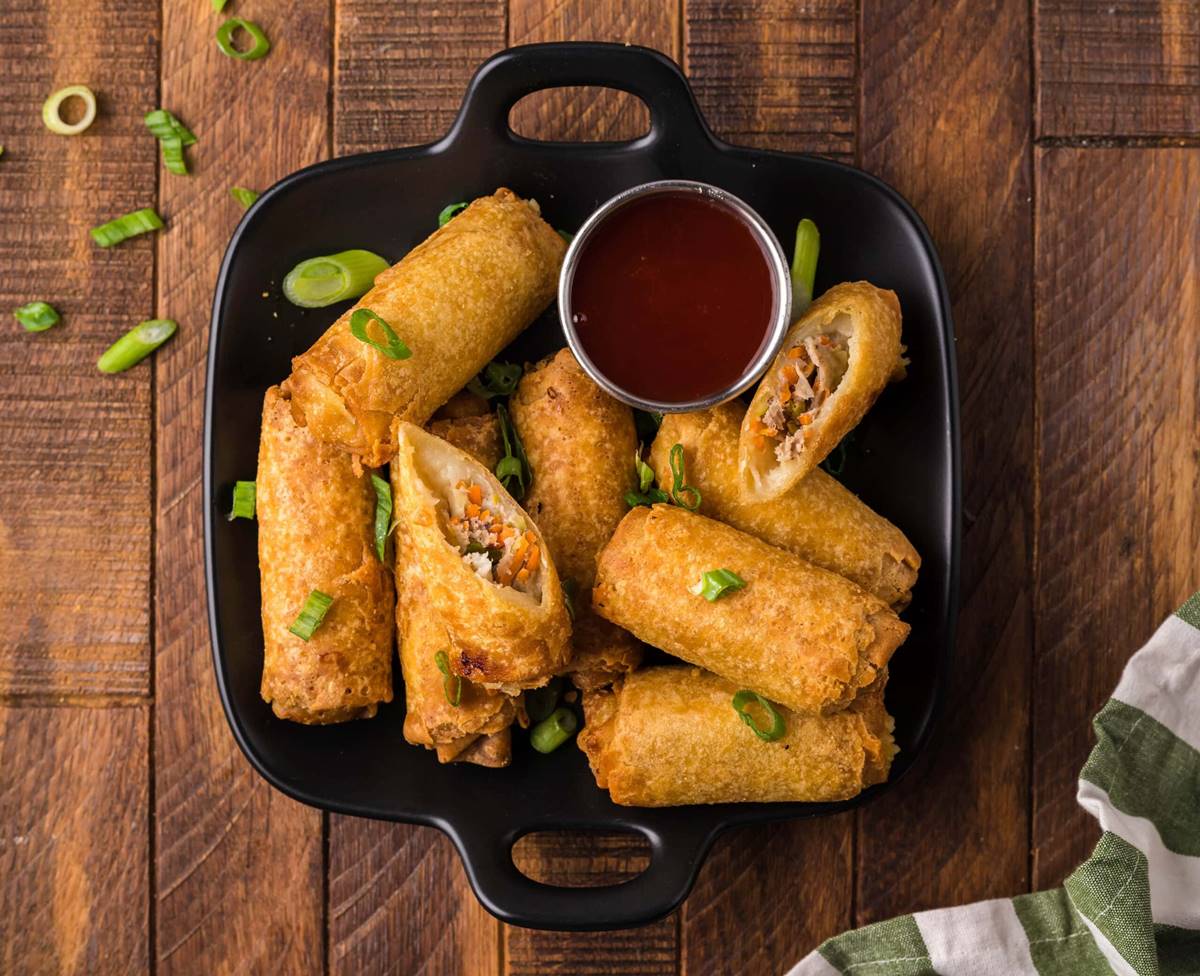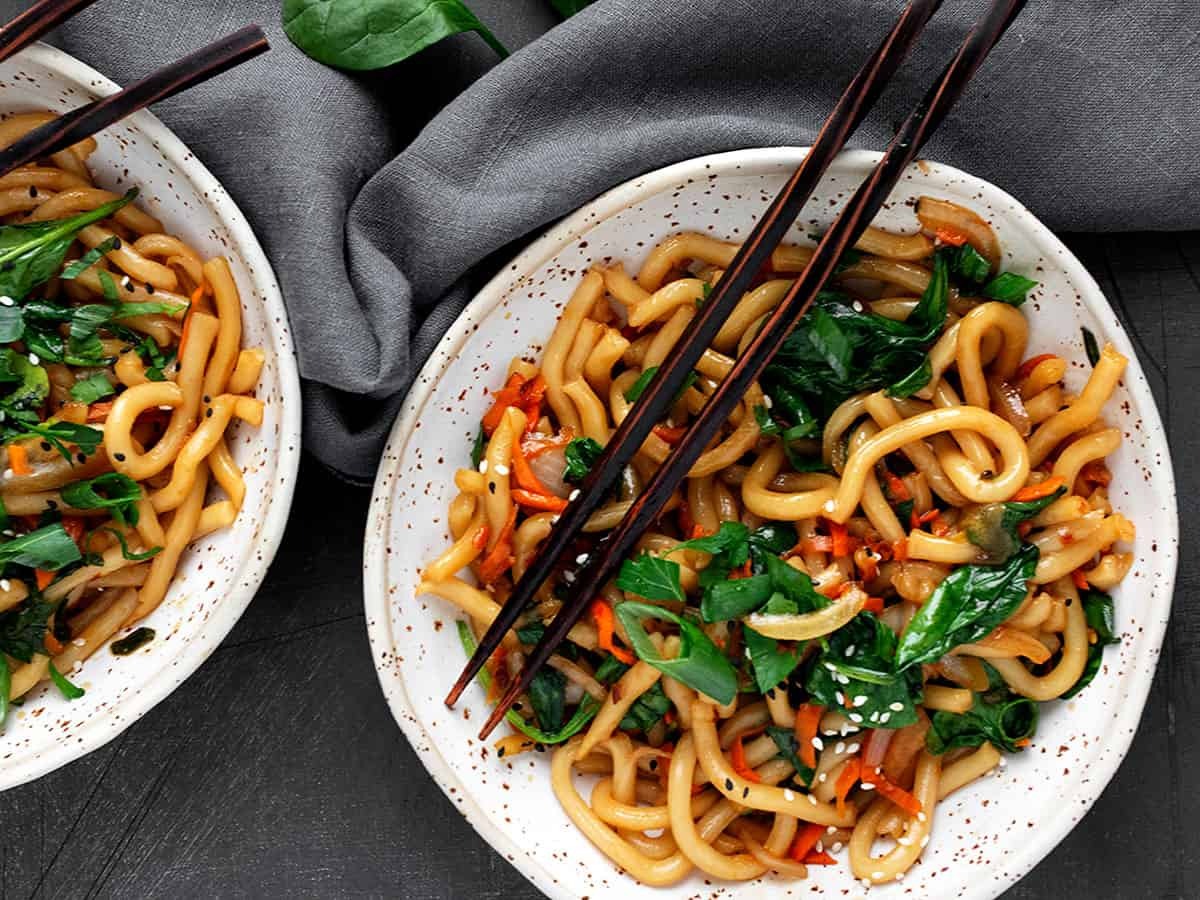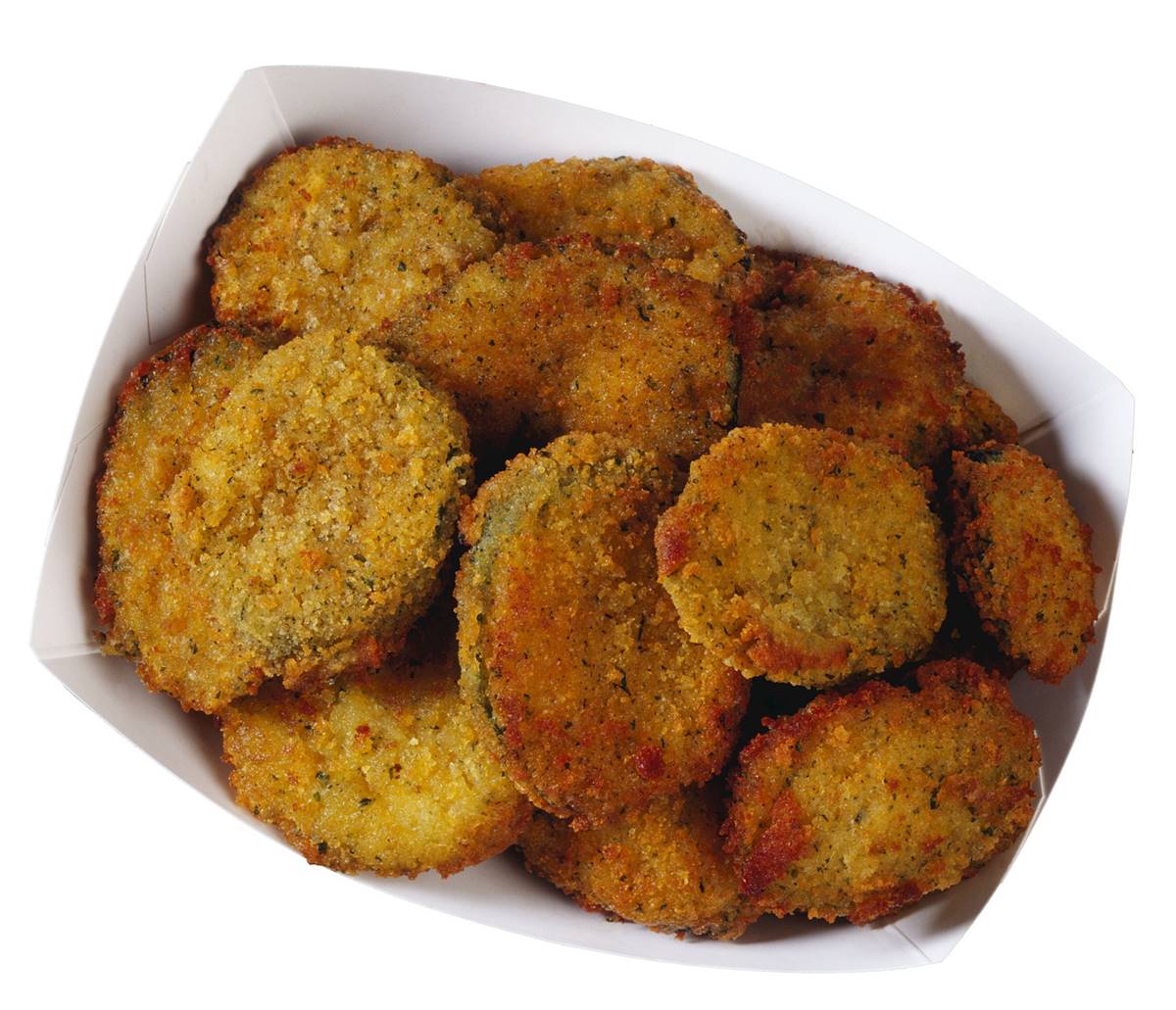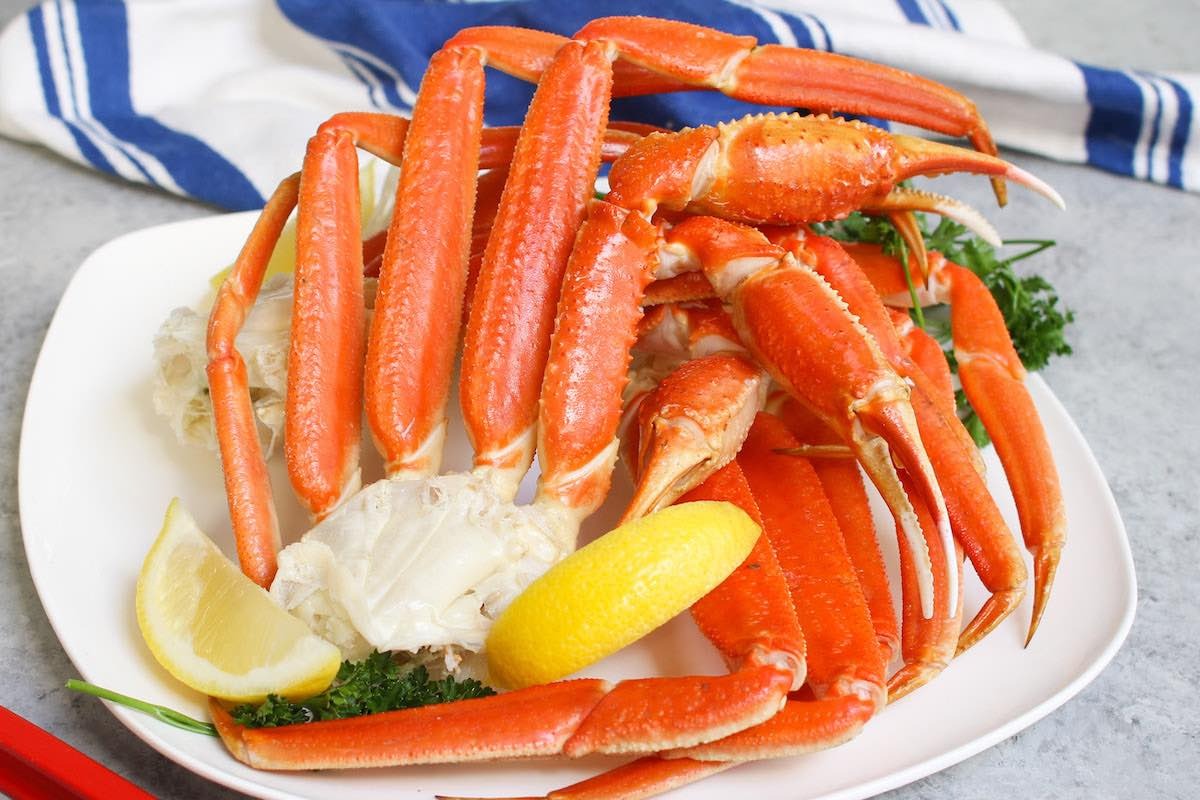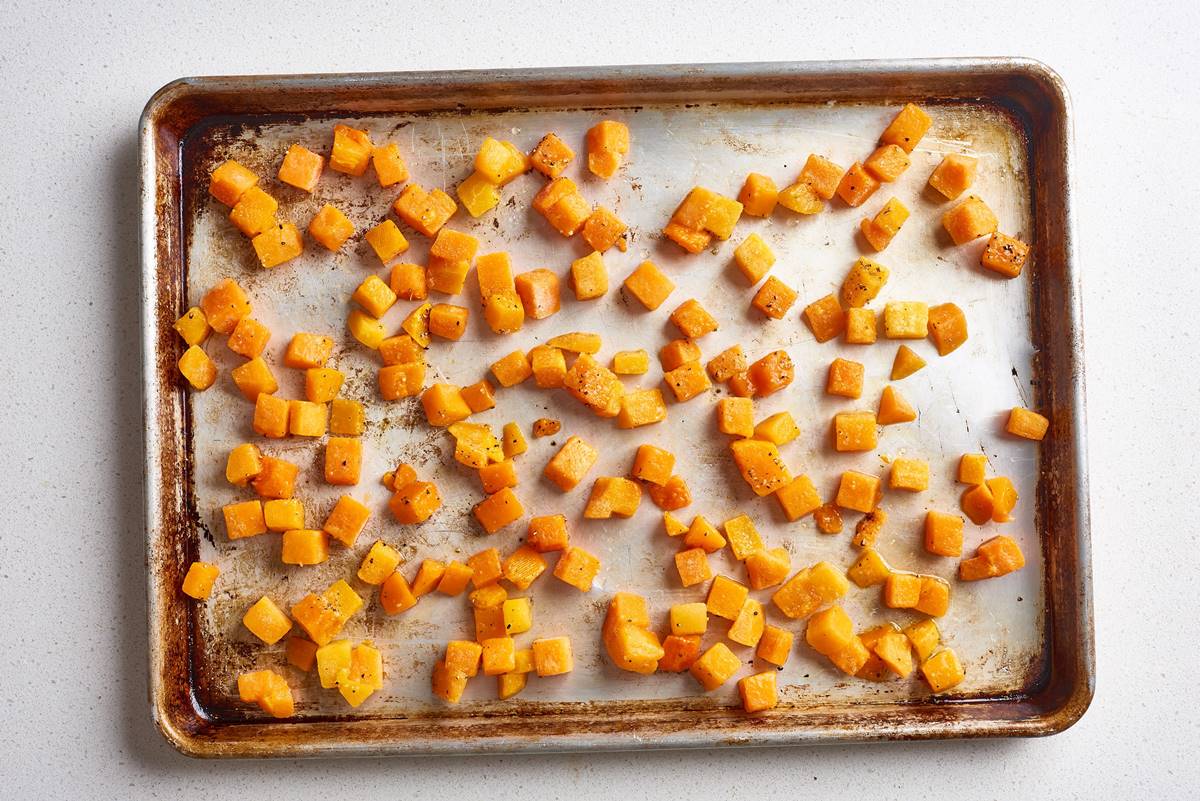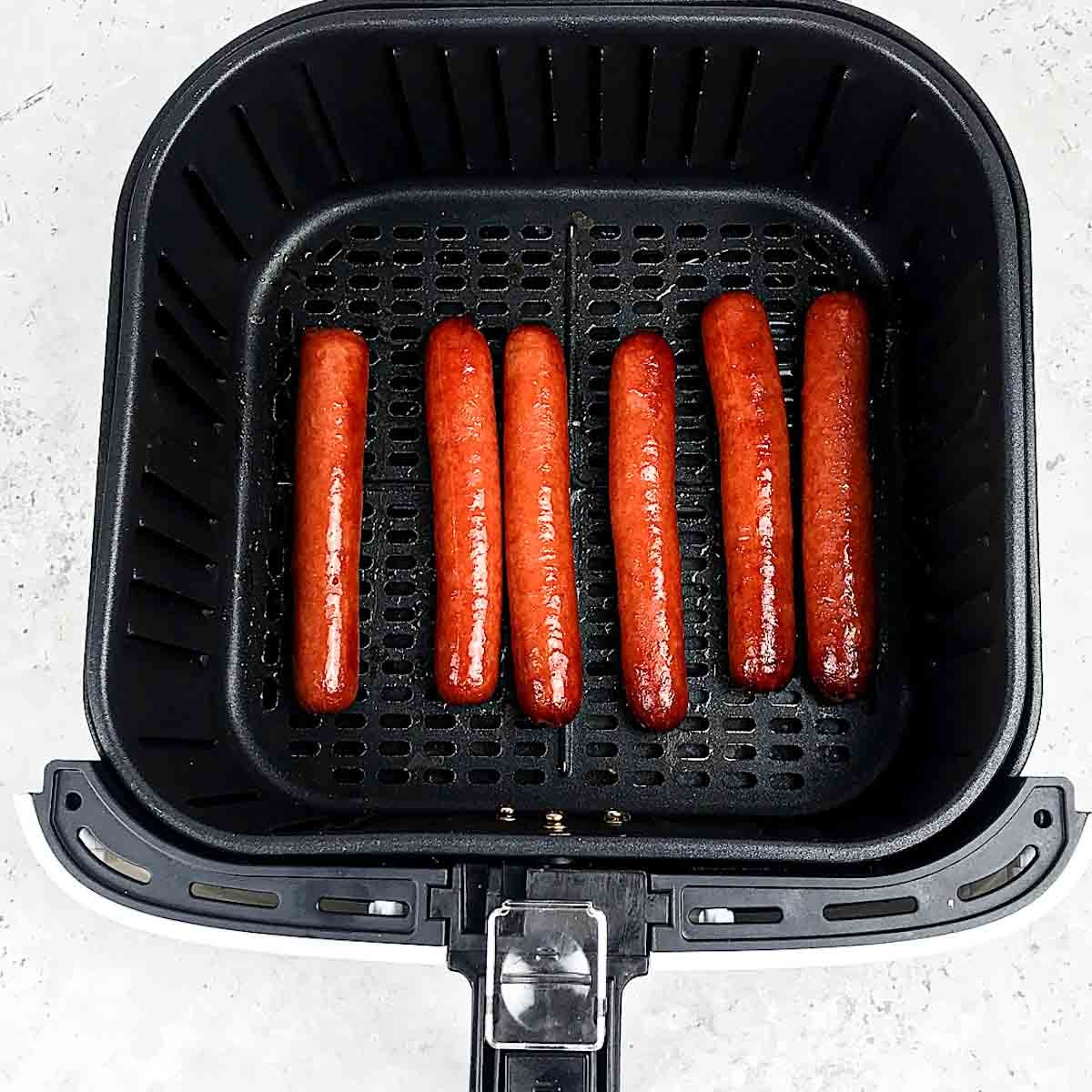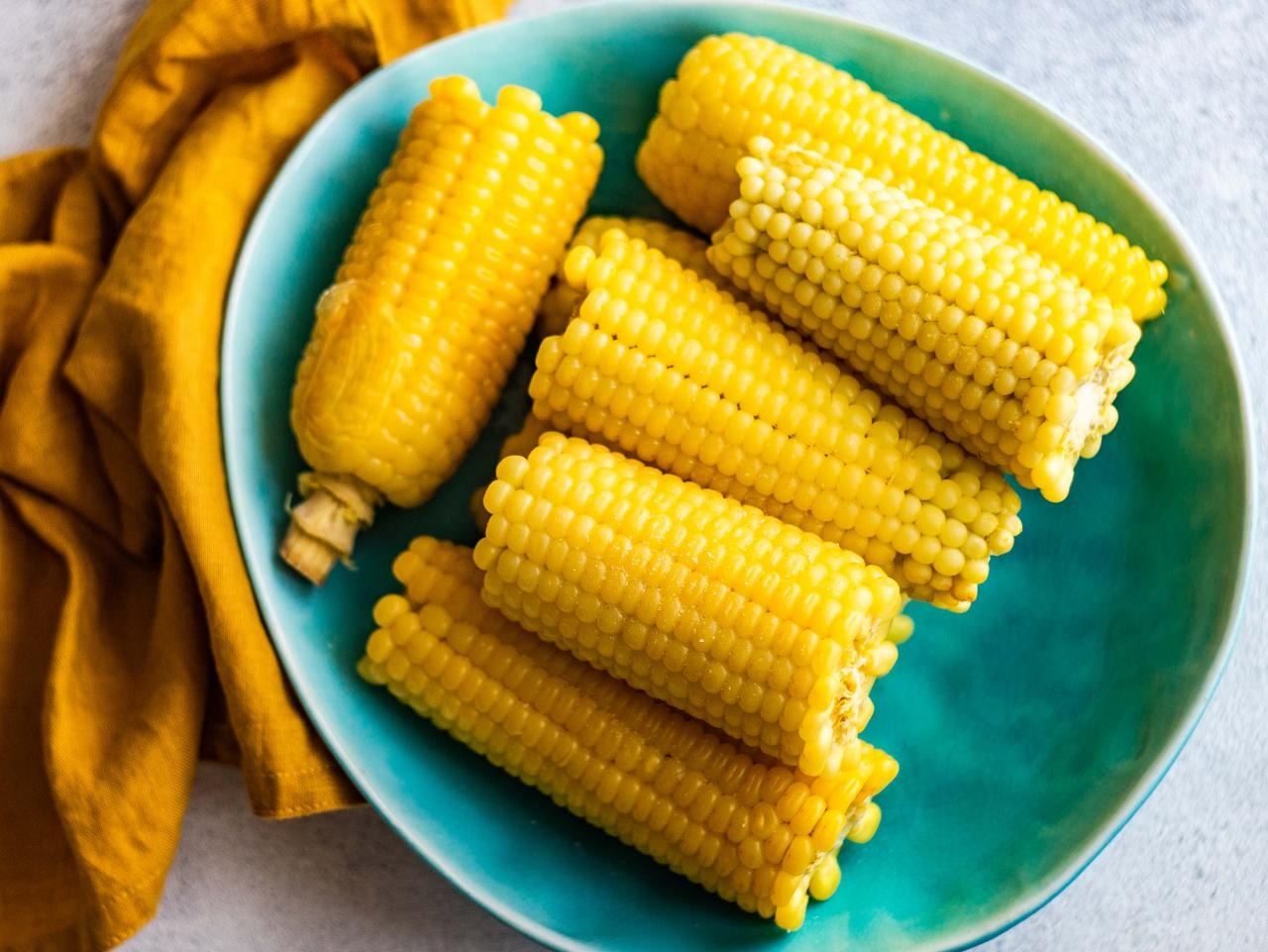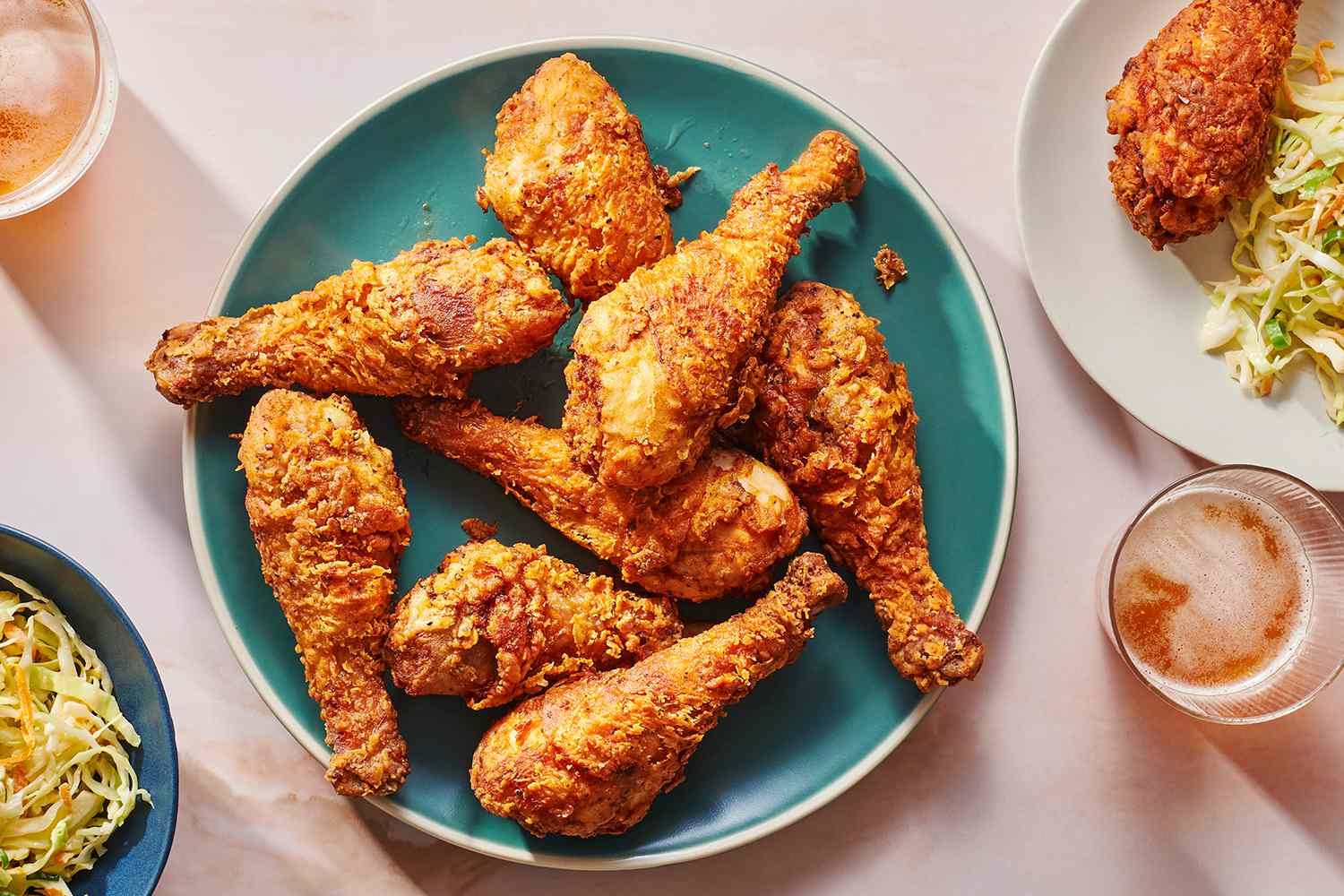How To Cook Frozen Scallops
Scallops, with their delicate and tender texture, are a seafood delicacy that can elevate any dish. While fresh scallops are preferred by many, frozen scallops can be just as delicious when cooked properly. In this article, we will guide you through the steps of cooking frozen scallops to perfection. So, let’s dive in!
1. Thawing the Scallops
Before cooking frozen scallops, it’s essential to thaw them first to ensure even cooking. Here are two methods to thaw your scallops:
- Refrigerator Method: Place the frozen scallops in a bowl and cover it with plastic wrap. Allow them to thaw in the refrigerator overnight or for about 8-12 hours.
- Cold Water Method: If you’re short on time, you can thaw the scallops by placing them in a resealable plastic bag and submerging them in cold water. Change the water every 30 minutes until they are fully thawed, usually within 1-2 hours.
2. Preparing the Scallops
Once the scallops are thawed, it’s important to give them a quick rinse under cold water to remove any ice crystals. Pat them dry using paper towels, ensuring they are completely dry before cooking. Now you’re ready to season and cook the scallops!
3. Seasoning and Cooking Techniques
Scallops have a delicate flavor, so it’s best to choose seasonings that enhance their natural taste. Here are a few popular seasoning options:
- Lemon Garlic Butter: Melt butter, add minced garlic and a squeeze of lemon juice. Brush this mixture onto the scallops for a flavorful and tangy kick.
- Simple Salt and Pepper: Sometimes, less is more. Sprinkle some salt and freshly ground black pepper on both sides of the scallops for a classic and elegant taste.
- Herb Crust: Mix finely chopped fresh herbs like parsley, thyme, and dill with breadcrumbs and coat the scallops. This adds a delightful herbaceous crunch to the dish.
When it comes to cooking techniques for frozen scallops, two popular methods stand out:
- Searing: Heat a skillet over medium-high heat and add a drizzle of oil. Once the oil is hot, place the scallops in the pan, making sure not to overcrowd them. Cook each side for 2-3 minutes until they develop a golden brown crust while remaining tender and opaque in the center.
- Oven Roasting: Preheat your oven to 425°F (220°C). Place the seasoned scallops on a baking sheet lined with parchment paper. Roast for about 10-12 minutes until they are opaque and cooked through.
4. Serving Suggestions
Frozen scallops, when cooked with care, can be the star of your meal. Here are a few serving ideas to complete your culinary creation:
- Pasta Perfection: Toss the cooked scallops with al dente pasta, olive oil, garlic, fresh herbs, and a sprinkle of Parmesan cheese for a simple yet flavorful pasta dish.
- Scallop Skewers: Thread the cooked scallops onto skewers with colorful bell peppers, onions, and cherry tomatoes. Grill them for a few minutes until they are slightly charred for a delightful seafood skewer experience.
- Citrusy Salad: Top a bed of mixed greens with the cooked scallops, segmented oranges, grapefruit slices, and a zesty citrus vinaigrette for a light and refreshing seafood salad.
Now that you have the knowledge and techniques to cook frozen scallops to perfection, it’s time to unleash your culinary creativity and enjoy the delectable flavors they bring. So, go ahead, grab a pack of frozen scallops, and let your taste buds embark on a delightful seafood adventure!
Explore More Delicious Scallop Recipes and Uses
Now that you've mastered the basics of cooking frozen scallops, it's time to put your skills to the test with a variety of delicious recipes. From the sophistication of seared scallops with garlic lemon butter sauce to the comforting taste of scallop chowder, there's a dish to suit every palate. If you're looking for a vibrant, fresh option, try making the scallop citrus salad with vinaigrette. For those who enjoy rich, creamy textures, the scallops with creamy risotto is highly recommended. Each recipe offers a unique way to savor the delicate flavor of scallops, enhancing your dining experience with every bite.
Was this page helpful?
Read Next: How To Cook Frozen Clams
